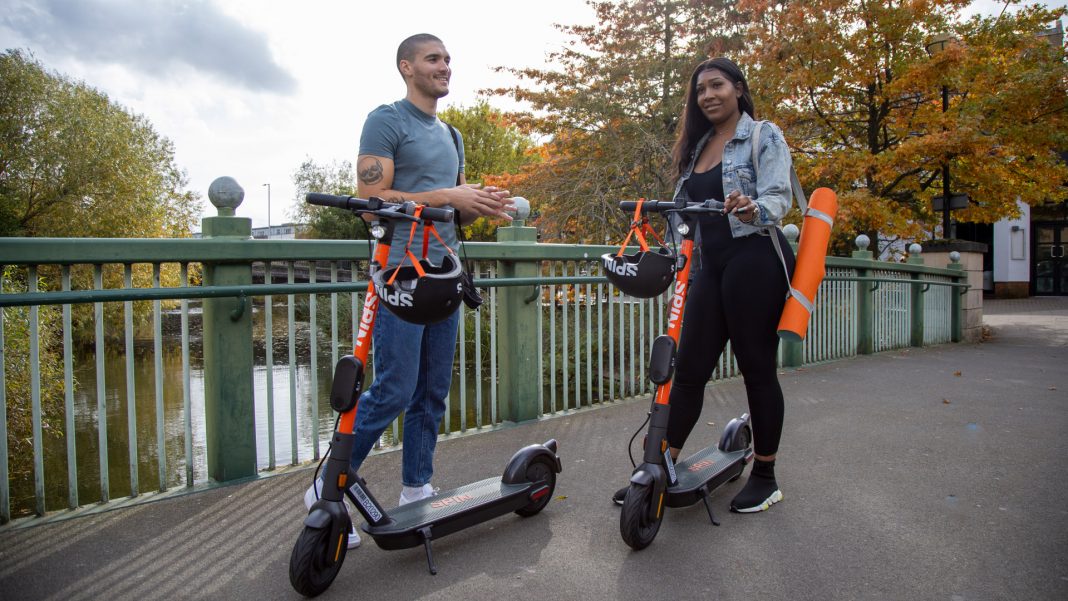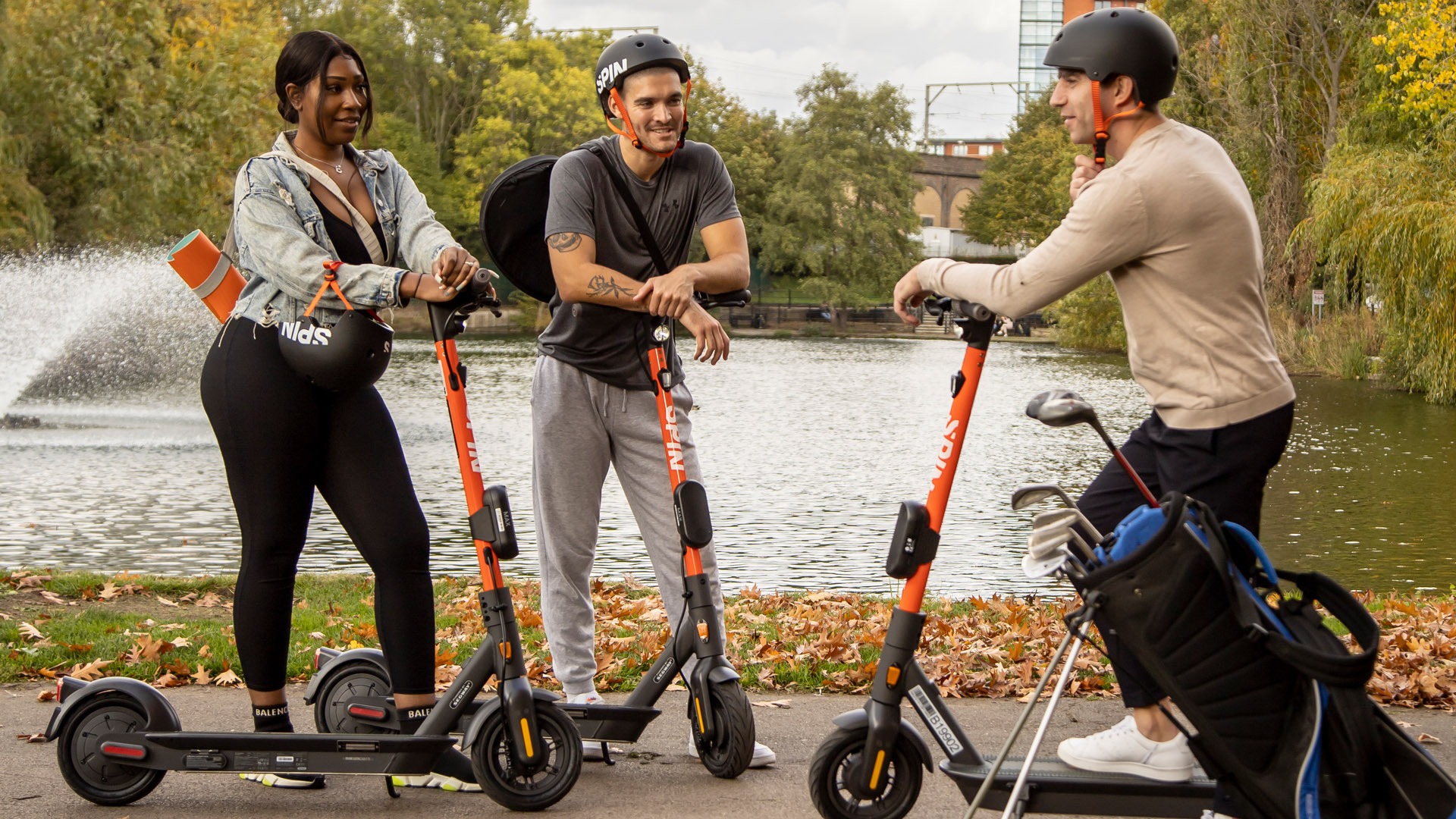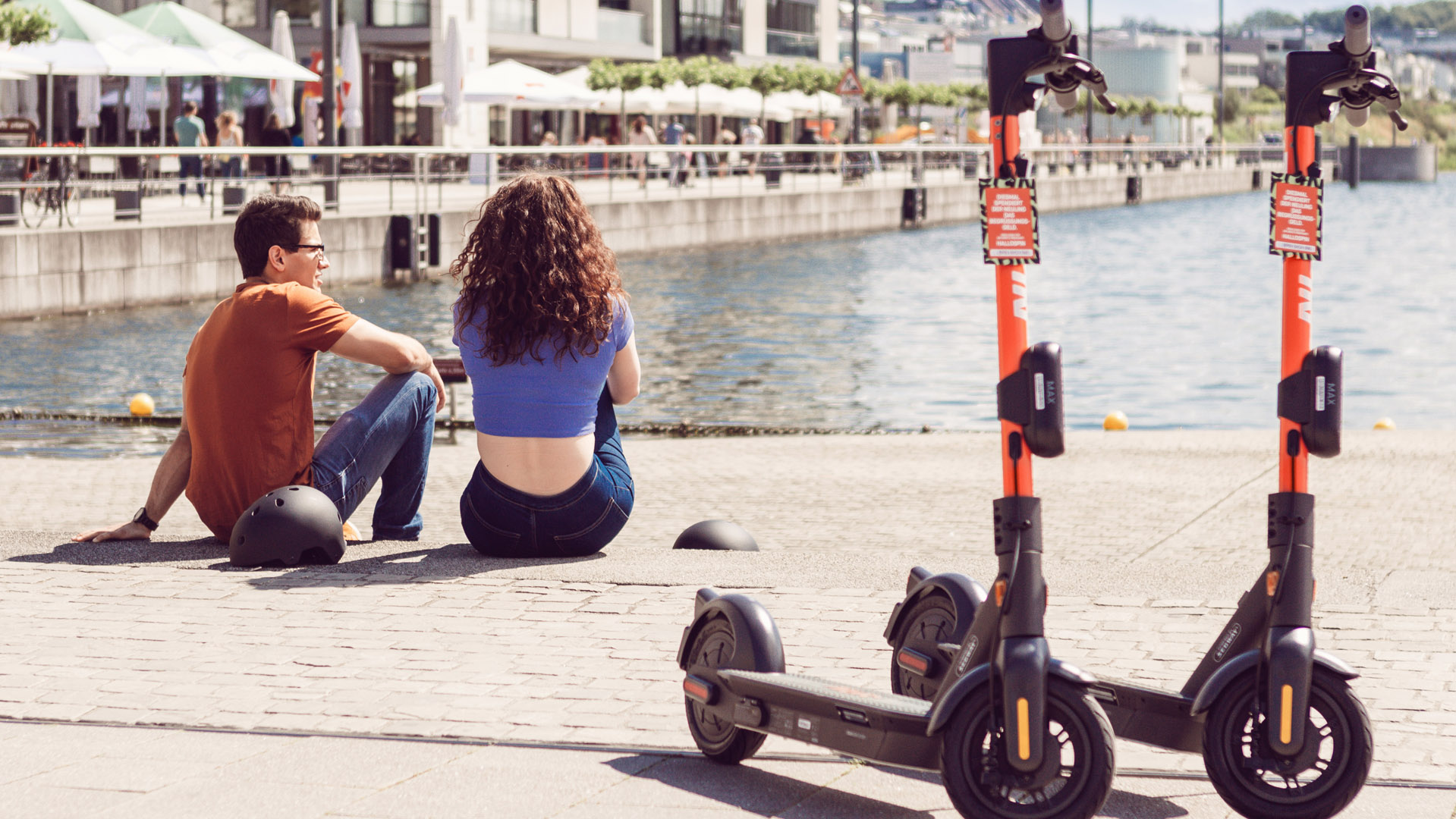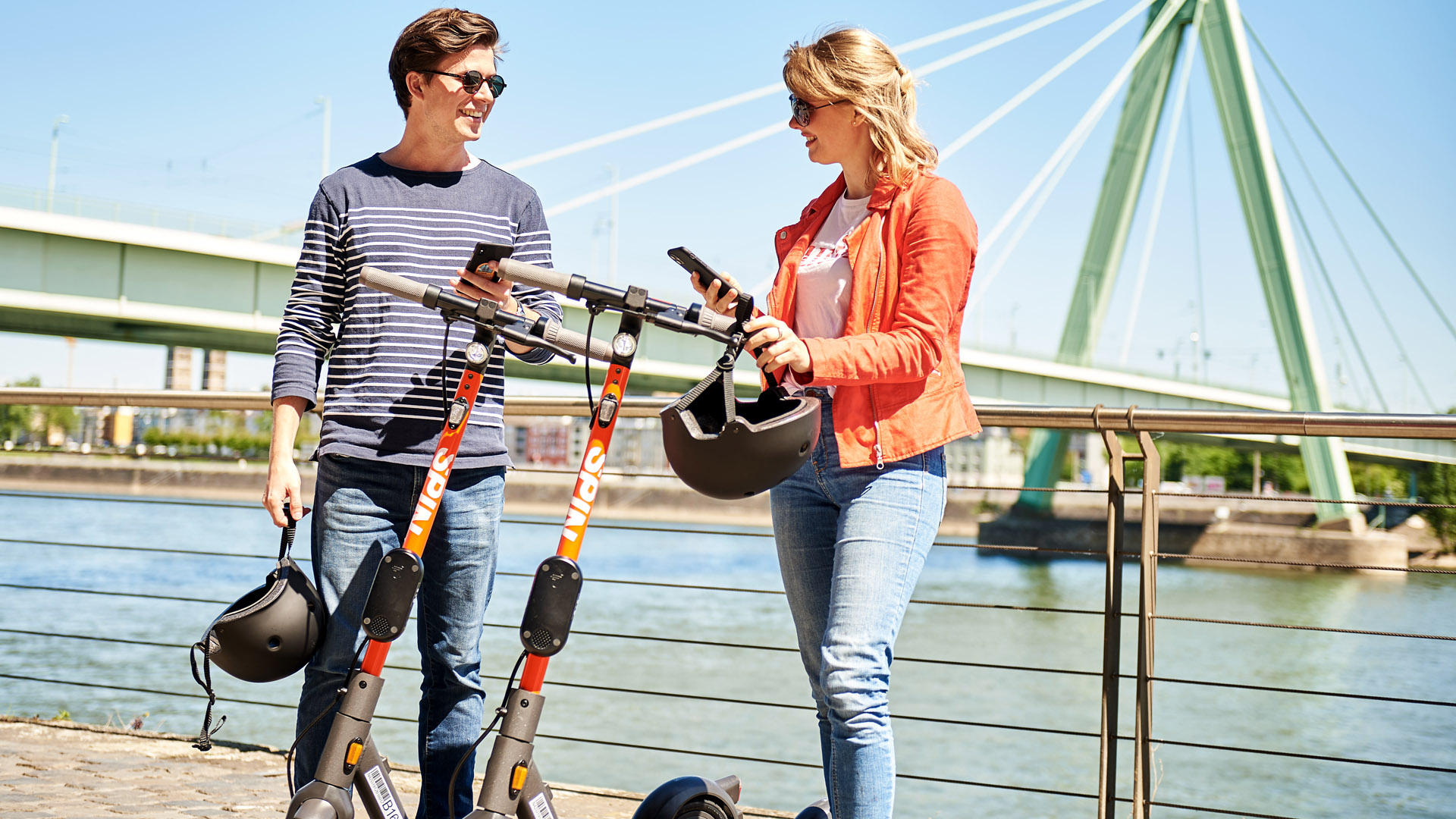In May 2020, the UK government unveiled plans to create greener, cleaner forms of transport and reduce the pressure on public transport. Part of this plan included fast-tracking e-scooter rental trials, which began this summer and are already showing promising results in places such as Milton Keynes, Bedfordshire and Basildon, Essex.
E-scooters have given people in these areas the opportunity to enjoy a new mode of transport that provides a convenient, socially-distanced and environmentally friendly way of getting around.
Read next: Milton Keynes selects Spin as its first public hire e-scooter operator
Successfully running an e-scooter trial involves a lot of preparation, planning, maintenance and collaboration with local stakeholders. Working closely with the local authorities and communities every step of the way is crucial, to ensure responsible use, safe riding and parking, and seamless integration with local transport networks.
We’re seeing some clear societal and environmental trends emerge and look forward to more cities adopting e-scooters. Steve Pyer, UK Country Manager at Spin, a subsidiary of Ford Motor Company, said: “our operations in Milton Keynes saw 18,000 journeys in the first six weeks and research among riders revealed that 63% said they have replaced a single passenger car trip with an e-scooter trip and 38% that their most recent e-scooter trip replaced a drive-alone, carshare, or ride share or taxi.”
To ensure that e-scooter rollouts are successful and can bring these types of benefits to local communities, there are three key steps toward success:
Put safety first
All e-scooter operators have a responsibility to keep their riders and the public safe.
Safety must be at the heart of everything they do. For example, before taking their first trip, all new riders should have to view a comprehensive set of rules and best practices via an operator’s app. Riders should also expect tailored requirements for each city: the Redway system of Milton Keynes for example, comprises of over 200 miles of car-free pathways, creating a specific experience for riders there.
Additionally, first-time riders should have to take a safety test within an operator’s app and need to successfully answer all of the questions to start the e-scooter. Succinct mini lessons for incorrect answers are essential to help educate users on the relevant rule too, and an online learning resource must always be available.
Operators should also host regular safety events as a vital way of educating new and existing users about how to ride safely, including correct riding position and parking and being mindful of other road users. With the use of a test-track, and well-delivered educational material, these provide a welcoming setting for all participants.
Buy an electric scooter from Amazon (Affiliate)
All e-scooters need to be built with safety in mind too, providing the latest technology to riders to ensure safety, durability and convenience. State-of-art vehicles are also fitted with a camera, an array of sensors and on-board computing power to allow an e-scooter to understand its surroundings in real-time and assist riders in making safe riding decisions.
Manage rider behaviour with geofencing technology
A geofence is a virtual boundary around a real geographical space that can be implemented using GPS technology. Local authorities should be offered the option of creating such boundaries in certain areas to manage rider behaviour.
This could be a ‘no riding’ geofence in a high footfall area such as a main high street. A rider would hear an audible message from the scooter announcing that they have entered a prohibited area and the e-scooter would then gently slow to a complete stop and will no longer work until it leaves the ‘no riding’ zone.
Geofencing can also be used to ensure that riders adhere to speed restrictions by limiting speeds or the scooter’s abilities based on specific spatial areas like a central pedestrianised zone. Where parking is not allowed, ‘no-parking’ geofences can be established too. In these areas, riders won’t be able to end their trip and will need to use an in-app map to find a suitable parking place.
Geofencing should have the functionality to be dynamically adjusted as well, so that operations teams can respond to poor behaviour. Or local authorities may want to quickly and remotely request changes and consider penalty structures for any riders willingly misusing our scooters.
Read next: Two-thirds of consumers want e-scooters on UK roads
Take a community-centred approach
The importance of centring an approach around the needs of the communities is fundamental to a successful e-scooter roll-out.
As best practice, fleets should be expanded in accordance with user demand, to give the public and riders time to adapt. This gradual approach means operators can respond to feedback and data in real-time for a fully bespoke transport network that caters for each bespoke community.
Providing affordable and inclusive transport options to everyone in a community is also important. Subsidised fares for low-income riders and free rides for key workers such as NHS professionals should be considered.
While community programmes that publicise the need to make streets safer, more liveable and enjoyable for everyone, be it pedestrians, cyclists and e-scooter riders are great initiatives.
Read next: Is it legal to ride an e-scooter in the UK?
For example, in Lewisham, London, Spin has partnered with urban design group YesMake to create ‘The Arc’, a new adaptable outdoor space and London’s largest “parklet” to support the local community throughout the pandemic. Built in a location where on-street parking is currently suspended, it is now an inclusive, useful and fun environment for locals to enjoy and makes it easier and safer for people to maintain social distancing while socialising outdoors (when permitted).
Looking ahead
By putting safety first, managing rider behaviour with geofencing technology, and placing local communities at the heart of an approach, cities can benefit from long-term, dependable, and reliable shared e-scooter services.









